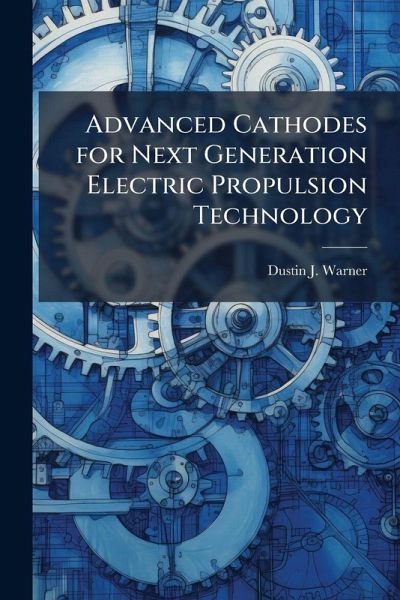
Advanced Cathodes for Next Generation Electric Propulsion Technology
Versandkostenfrei!
Versandfertig in über 4 Wochen
18,99 €
inkl. MwSt.
Weitere Ausgaben:

PAYBACK Punkte
9 °P sammeln!
The research presented here investigated the feasibility of a 6.4 mm Lanthanum Hexaboride (LaB6) and Cerium Hexaboride (CeB6) hollow cathode for low power electric propulsion applications (100-300W). Two orifice geometries, one anode configuration, several anode and keeper currents, and a range of flow rates were tested for the LaB6 cathode. The CeB6 cathode underwent the same tests, with the exception of the second orifice geometry due to time constraints. The required instruments include an oscilloscope to monitor the keeper and anode voltages, a Langmuir probe measured electron temperature,...
The research presented here investigated the feasibility of a 6.4 mm Lanthanum Hexaboride (LaB6) and Cerium Hexaboride (CeB6) hollow cathode for low power electric propulsion applications (100-300W). Two orifice geometries, one anode configuration, several anode and keeper currents, and a range of flow rates were tested for the LaB6 cathode. The CeB6 cathode underwent the same tests, with the exception of the second orifice geometry due to time constraints. The required instruments include an oscilloscope to monitor the keeper and anode voltages, a Langmuir probe measured electron temperature, plasma densities, and plasma potential for the coupling plasma, infrared imaging studied the thermal characteristics of each cathode, electron microscopy for surface contaminant analysis, and high-speed imaging for coupling plasma observations. The oscilloscope, Langmuir probe, and high-speed camera determined the cathodes' mode of operation and gave information that indicated stable spot mode or unstable, destructive plume mode. This work has been selected by scholars as being culturally important, and is part of the knowledge base of civilization as we know it. This work was reproduced from the original artifact, and remains as true to the original work as possible. Therefore, you will see the original copyright references, library stamps (as most of these works have been housed in our most important libraries around the world), and other notations in the work. This work is in the public domain in the United States of America, and possibly other nations. Within the United States, you may freely copy and distribute this work, as no entity (individual or corporate) has a copyright on the body of the work. As a reproduction of a historical artifact, this work may contain missing or blurred pages, poor pictures, errant marks, etc. Scholars believe, and we concur, that this work is important enough to be preserved, reproduced, and made generally available to the public. We appreciate your support of the preservation process, and thank you for being an important part of keeping this knowledge alive and relevant.



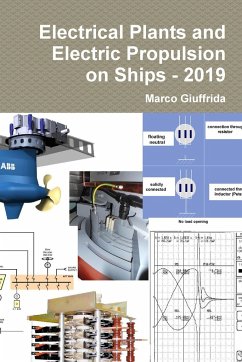
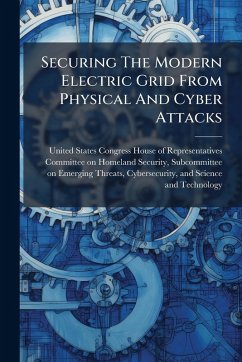


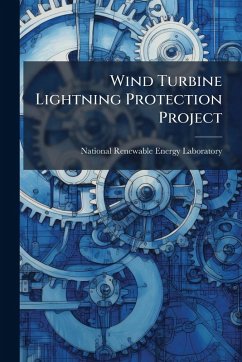
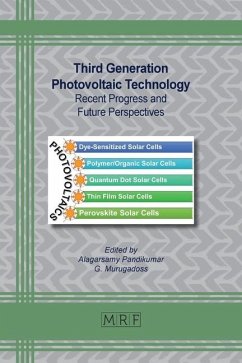
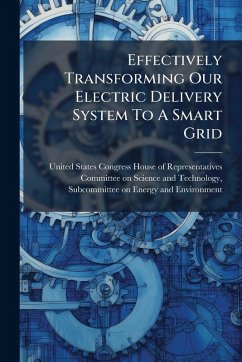
![The Commercial Feasibility of the Electric Smelting of Iron Ores in B. C. [microform] Cover The Commercial Feasibility of the Electric Smelting of Iron Ores in B. C. [microform]](https://bilder.buecher.de/produkte/66/66118/66118820n.jpg)
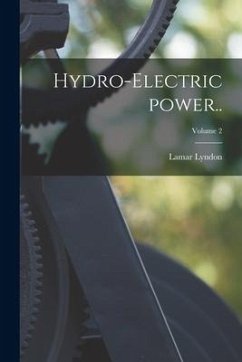
![Winnipeg Mineral Springs Sanitarium [microform]: Water, Electric and Massage Treatments, Buildings Modern, Equipment Complete Cover Winnipeg Mineral Springs Sanitarium [microform]: Water, Electric and Massage Treatments, Buildings Modern, Equipment Complete](https://bilder.buecher.de/produkte/66/66187/66187094n.jpg)